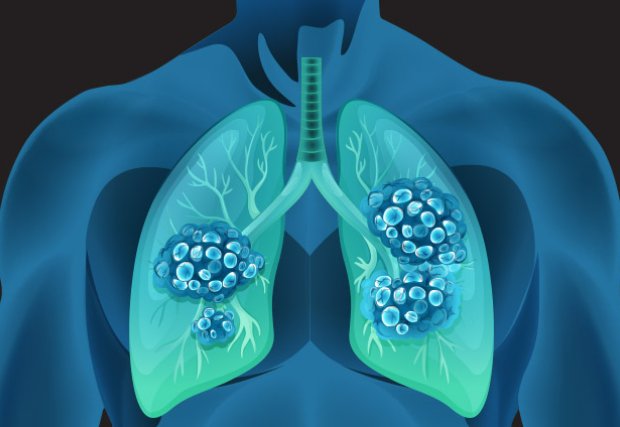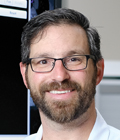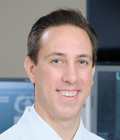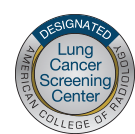The Comprehensive Lung Program at Wellington Regional Medical Center (WRMC) now offers navigational bronchoscopy and endobronchial ultrasound (EBUS), which can enable earlier detection of lung cancer using an advanced, minimally invasive approach. These procedures can help doctors make a diagnosis if they find something concerning identified on a low-dose computerized tomography (CT) scan or other screening test, explains Interventional Pulmonologist Adam Wellikoff, MD, FCCP. The goal is to find and diagnose lung cancer earlier, when it is more treatable, so patients can experience the best possible outcomes, he notes.
How Are These Diagnostic Tools Different?
In order to make a lung cancer diagnosis, doctors must obtain cell samples and examine them under a microscope.
Traditionally, this has involved conventional surgery and a hospital stay; but with advanced techniques, diagnosis can now be achieved in an outpatient procedure that provides even greater precision.
Both navigational bronchoscopy and EBUS are performed non-surgically by inserting a thin, flexible tube into the airways. Navigational bronchoscopy uses electromagnetics and advanced imaging to help locate tumors in the lungs. “It can reach remote spots that may not be accessible with conventional methods,” explains Dr. Wellikoff.
With EBUS, which is supported by ultrasound technology, doctors are able to obtain lung samples and determine right away if cancer exists. They can also use the findings to determine the “staging” or severity of cancer. This enables doctors to more effectively determine the best, most appropriate treatment.
What If Lung Cancer is Diagnosed?
Patients at the Comprehensive Lung Program are guided throughout the treatment process by a caring, dedicated staff. Director of Clinical Operations Sonia Polack, RN, MSN, OCN, notes that she and Clinical Navigator Chris Collins can help with things like setting up appointments, connecting patients with community resources or just providing a shoulder to lean on. They can also follow up with patients’ primary care providers, as needed. “We’re on this road with patients together,” says Collins. “It’s our job to make the next step the easiest it can be.”
Because the hospital has a comprehensive program, patients can get all the care and resources they need in one place, says Thoracic Surgeon Mark Meyer, MD. In addition to traditional surgery, treatments may include minimally invasive procedures that can support shorter recoveries, as well as stereotactic radiation – which is a more intense, targeted therapy – for patients who are not candidates for surgery.
All of the pieces are in place to ensure that patients are treated appropriately and optimally, starting with screening and diagnosis to help detect cancer as early as possible, Dr. Meyer says. “We want to catch it at an early stage,” he notes.
Should You Be Screened?
The Centers for Medicare and Medicaid Services lists the following criteria for lung cancer screening:
- Age 55 to 77 years
- Asymptomatic (no signs or symptoms of lung cancer)
- Have smoked a pack or more of cigarettes a day for at least 30 years
- Currently smoke or have quit within the past 15 years
Wellington Regional Medical Center is designated a Lung Cancer Screening Center by the American College of Radiology.




